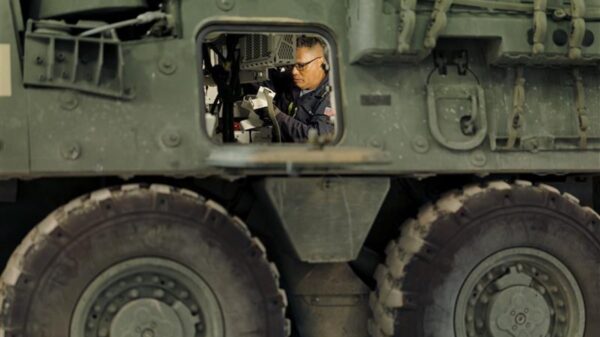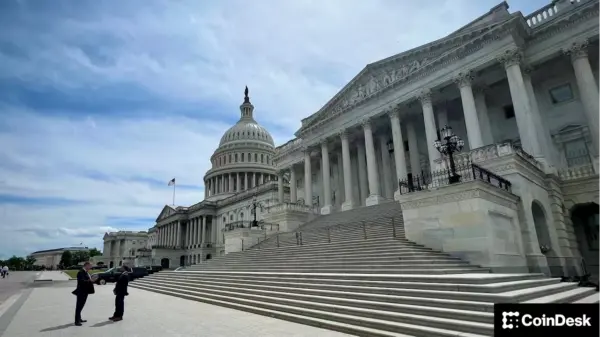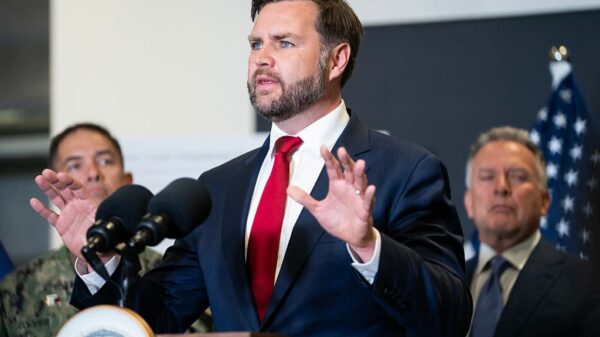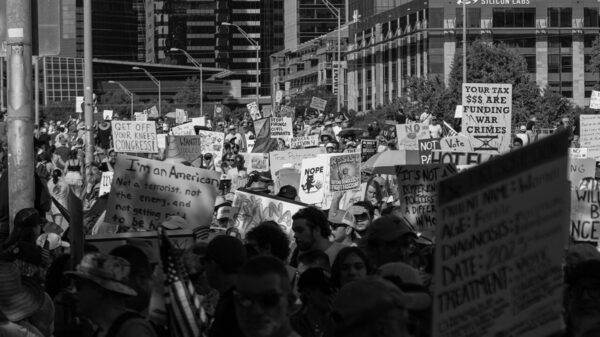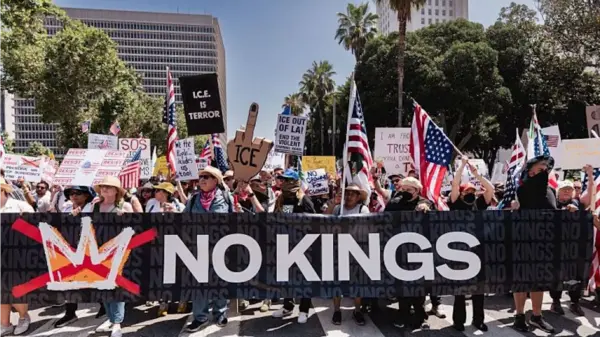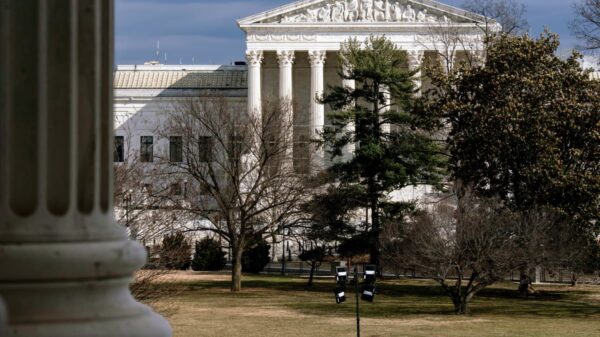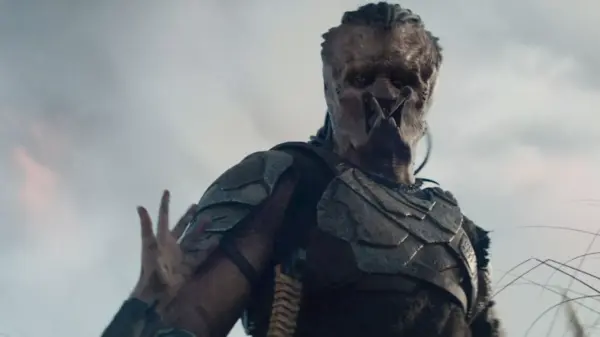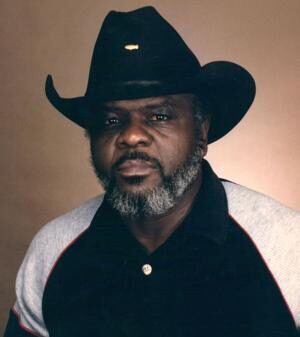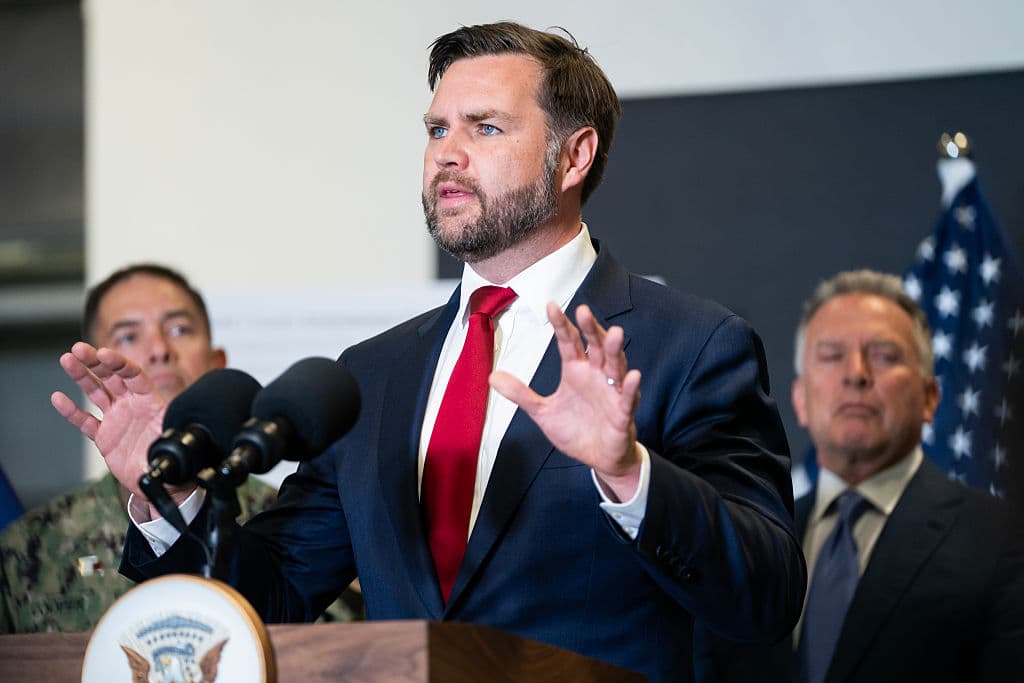During a recent visit to Israel, Vice President JD Vance expressed optimism regarding the progress of the 20-point Gaza plan, despite increasing unease among Israelis about Hamas’s rapid regrouping in Gaza. Speaking at an American military facility in Kiryat Gat, Mr. Vance criticized media narratives focused on setbacks to the cease-fire, asserting, “It’s not the end; it is, in fact, exactly how this is going to have to happen.” He emphasized the potential for former adversaries to establish peace with Israel, citing desires for normalized relations from several Gulf Arab nations.
The Vice President’s remarks come as Prime Minister Benjamin Netanyahu hints at future agreements with countries such as Indonesia and Saudi Arabia. However, many Israelis view Hamas’s swift recovery in Gaza as a significant threat to the fragile peace. Concerns are exacerbated by the involvement of Turkey and Qatar, countries known to support Hamas, in the ongoing negotiations.
Critics of the Gaza plan, including Professor Doron Matza from Achva College, argue that it relies on an overabundance of international influence and various power centers. He described the plan’s approach as reminiscent of the post-World War II debate in Washington, where the U.S. chose the Marshall Plan to rebuild Germany rather than adopting more punitive measures. Matza contends that, unlike post-war Europe, many in the Middle East are driven by ideology and honor, which complicates the American vision of economic prosperity as a pathway to peace.
Mr. Vance reiterated Washington’s vision, stating that both Palestinians in Gaza and Israelis should be able to enjoy a degree of security and stability. However, Israel remains apprehensive about allowing Hamas to retain its dominant position within Gaza. Reports from Israel’s Kann News indicate that Hamas has already appointed half of the technocrats designated to administer Gaza under the proposed plan, a development that has drawn criticism for its lack of Israeli oversight.
Despite assurances from Mr. Vance that Israel would need to approve any interim government candidates, there are growing concerns that Hamas continues to wield significant influence. Joe Truzman, editor of the Foundation for Defense of Democracies’s Long War Journal, noted that “almost everything that happens in Gaza, Hamas has a hand in it in one way or the other.” He pointed out that this includes the selection of technocrats for the new administrative government.
While the reconstruction of Gaza is intended to proceed only in areas free from Hamas control, Washington is reportedly urging Israel to adopt a more tempered response to Hamas’s actions in the regions it governs. Although Hamas agreed to release all hostages within 72 hours of the cease-fire, the retrieval of deceased hostages has been slow, with Mr. Vance acknowledging that some may be buried under rubble.
Former President Donald Trump, in a recent post on Truth Social, expressed hope that Hamas would disarm, warning that failure to do so would lead to a “fast, furious & brutal” end to the group. Nonetheless, Truzman highlighted that Hamas did not address the disarmament question in their response to Trump’s peace proposal, raising doubts about their willingness to comply.
Complicating matters further, the enthusiasm of Arab and Muslim nations for joining a multinational force in Gaza appears limited, as Israel grapples with the challenges of potentially resuming full-scale military operations. Matza noted, “It’s not like you can flip a switch and you’re back,” suggesting that maintaining the cease-fire may currently take precedence over fulfilling the agreements that enabled it, a situation that could ultimately benefit Hamas.
As discussions continue, the international community watches closely, aware that the stability of the region hangs in the balance.






